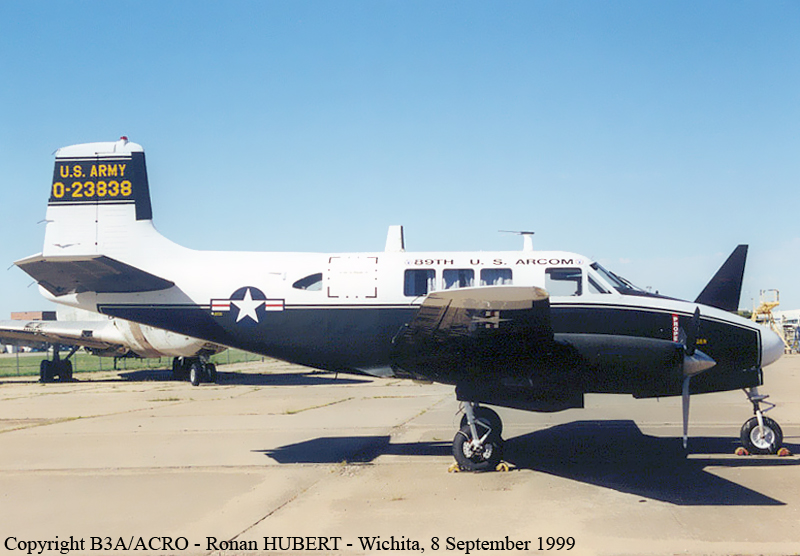Crash of a Rockwell Aero Commander 500 in Franklin: 6 killed
Date & Time:
Nov 20, 1983 at 1819 LT
Registration:
N6226X
Survivors:
No
Schedule:
Youngstown – Plattsburgh – Burlington – Youngstown
MSN:
500-1098-52
YOM:
1961
Crew on board:
1
Crew fatalities:
Pax on board:
5
Pax fatalities:
Other fatalities:
Total fatalities:
6
Captain / Total hours on type:
33.00
Aircraft flight hours:
5421
Circumstances:
Before departing Youngstown, OH, the pilot filed two IFR flight plans, one for a flight to Plattsburgh, NY, the other for a return flight from Plattsburgh back to Youngstown. After a 2 hour and 10 minutes flight to Plattsburgh, 70 gallons of fuel was added, but the person who serviced the aircraft indicated the tanks were not full after servicing. The plane then made a 10 minutes flight to Burlington, VT, but no fuel was added at Burlington. The pilot then took off on a return flight to Youngstown. During the descent phase to Youngstown, the pilot requested vectors to the closest airport. He was provide vectors to the Chess Lamberton Airport and advised it was 6 miles away. A short time later, the pilot said the aircraft had lost power. Subsequently, it crashed in rolling, wooded terrain. During an exam, no fuel was found in the aircraft. No other evidence of a malfunction or failure was found. With the passenger and cargo load, a maximum of about 104 gallons of fuel could have been used without exceeding the certificated gross weight of the aircraft. At 45 to 55% power, the aircraft burned 17 to 22 gallons per hour. Wind gusts 30 knots. All six occupants were killed.
Probable cause:
Occurrence #1: loss of engine power (total) - nonmechanical
Phase of operation: descent - normal
Findings
1. (c) preflight planning/preparation - inadequate - pilot in command
2. (c) continued - pilot in command
3. (c) fluid,fuel - exhaustion
4. (c) fuel supply - inadequate - pilot in command
5. Aircraft performance, two or more engines - inoperative
----------
Occurrence #2: forced landing
Phase of operation: other
----------
Occurrence #3: in flight collision with object
Phase of operation: descent
Findings
6. (f) light condition - dark night
7. (f) weather condition - low ceiling
8. (f) weather condition - fog
9. (f) weather condition - rain
10. (f) weather condition - unfavorable wind
11. (f) object - tree(s)
----------
Occurrence #4: in flight collision with terrain/water
Phase of operation: descent - uncontrolled
Phase of operation: descent - normal
Findings
1. (c) preflight planning/preparation - inadequate - pilot in command
2. (c) continued - pilot in command
3. (c) fluid,fuel - exhaustion
4. (c) fuel supply - inadequate - pilot in command
5. Aircraft performance, two or more engines - inoperative
----------
Occurrence #2: forced landing
Phase of operation: other
----------
Occurrence #3: in flight collision with object
Phase of operation: descent
Findings
6. (f) light condition - dark night
7. (f) weather condition - low ceiling
8. (f) weather condition - fog
9. (f) weather condition - rain
10. (f) weather condition - unfavorable wind
11. (f) object - tree(s)
----------
Occurrence #4: in flight collision with terrain/water
Phase of operation: descent - uncontrolled
Final Report:




